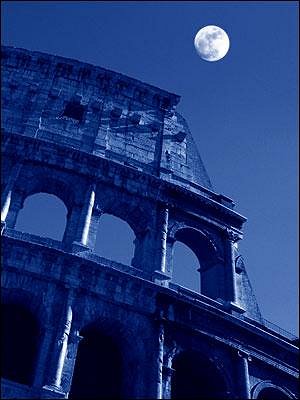Unfortunately the new 7 wonders of the world does not include Easter Island. They are as follows:
~ The Taj Mahal in India
A giant, gleaming white marble construct fronted by a broad fountain and surrounded by gardens, this famous domed edifice looks like a fairy-tale sultan's palace. In reality, it's a mausoleum dating back to 1630. A Muslim Shah built it to commemorate his wife's passing, its beauty conceived to reflect hers. It is considered to be both the foremost example of Mughal (Indian Muslim) architecture and a symbol of love.
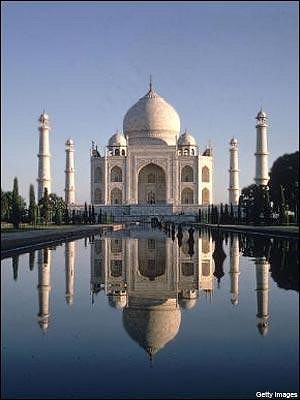
~ The Great Wall of China
The largest monument ever constructed by human hands, the Great Wall spans 4,000 miles along what used to be the Inner Mongolian border. It was built to keep invading Mongols out of ancient China. Construction began in the 5th century B.C. At one point, it was the only man-made monument that could be seen from space.
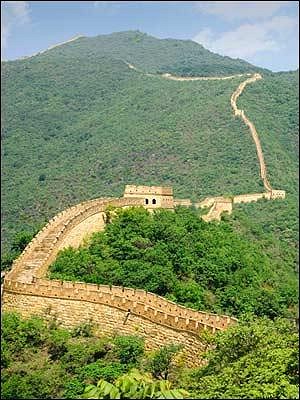
~ Petra in Jordan
Antiquities scholars and archaeologists often debate over how far back Petra's roots reach. Indubitably, it was the capital of the Aramaic-speaking Nabataeans around the dawn of the Christian era. Arguably, its roots may go back several hundred centuries further, to Old Testament times. Though deserted for millennia, this site is finally getting a visitor center, and may be open for tours soon.
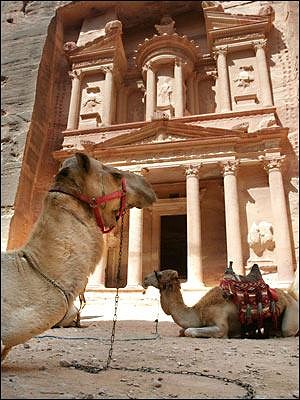
~ Christ Redeemer in Rio De Janeiro, Brazal
This statue is 125 feet tall, and its placement at the top of Corcovado Mountain makes it even more imposing. Designed in the 1920s by French sculptor Paul Landowski, it was built over a period of five years by a team of Brazilian experts led by Heitor da Silva Costa. It was inaugurated in 1931.
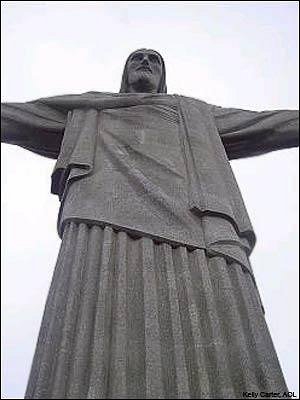
~ Machu Picchu in Peru
The Inca's mythical, mystical "city in the clouds" is in the Andes highlands, poised above the Urubamba Valley. It was built toward the end of the pre-Columbian period, probably around 1450. It was swiftly abandoned thereafter, probably due to disease outbreaks. The city was never repopulated, and it remained undiscovered by Westerners until 1911.
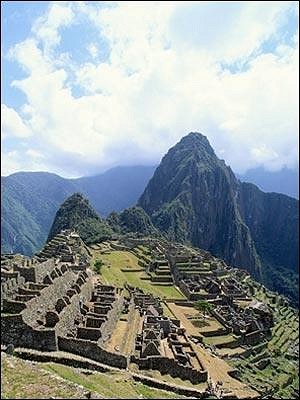
~ Chichen Itza in Mexico
According to legend, Chichen Itza was the work of Quetzalcoatl (Feathered Serpent), a warrior-priest of the Toltects. During the spring and fall equinoxes, the sun and moon align perfectly for half an hour, creating the silhouetted shadow of a sacred snake slithering down the side of the pyramid.
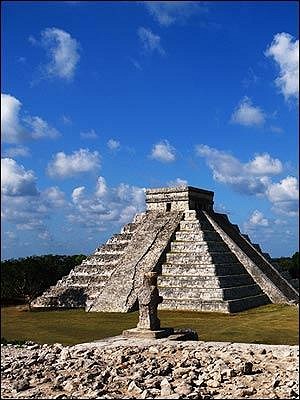
~ The Roman Colosseum in Italy
Gladiators. Dramas. Spectacles. The ancient Romans truly knew how to stage live theater. The massive open-air amphitheater could accommodate tens of thousands of spectators with graduated in-the-round seating that allowed for unobstructed views of the center stage. The same basic design is used for today's amphitheaters, though the entertainment is considerably less bloody.
